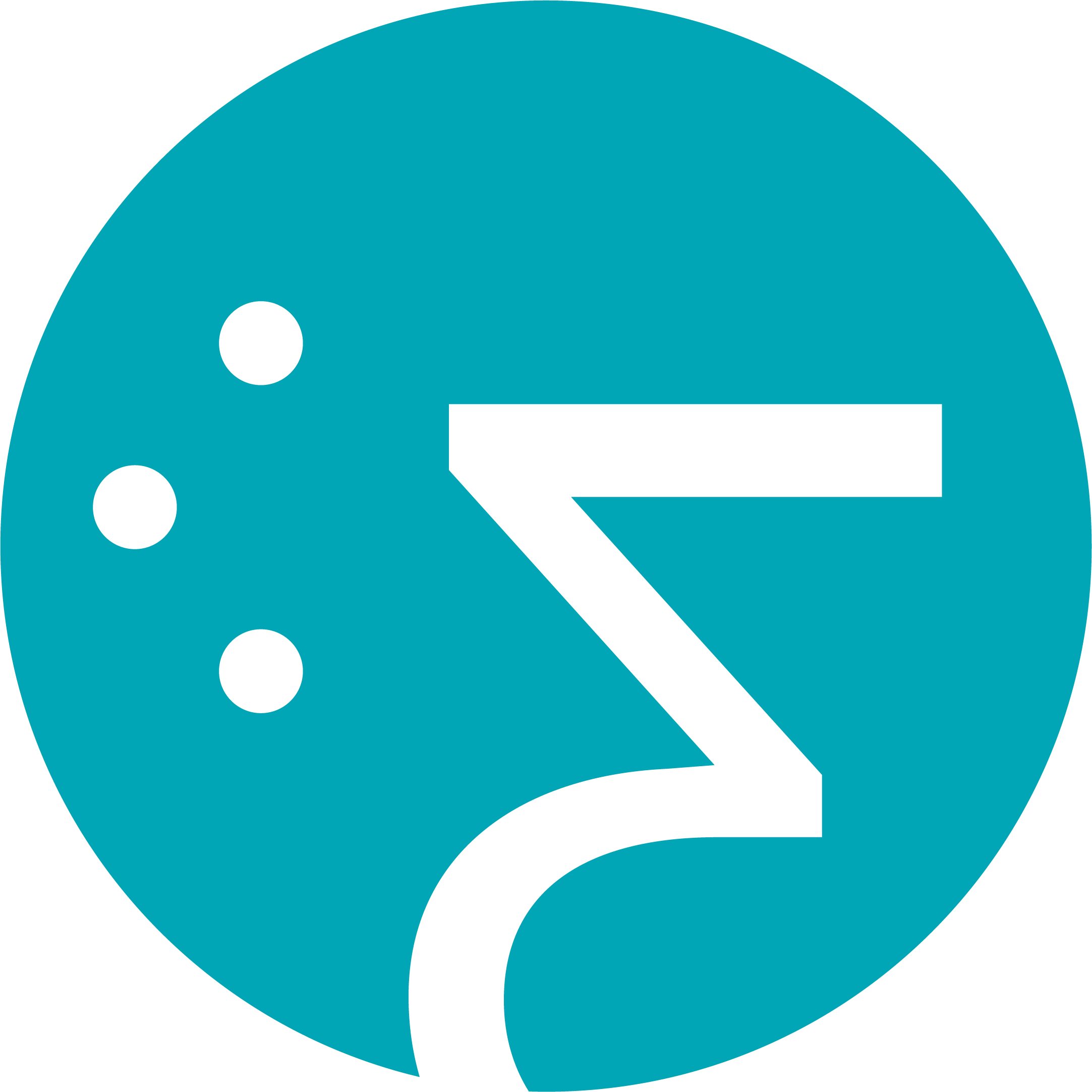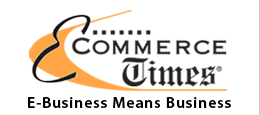Debating the Significance of Dreamforce 2006 on the SaaS Movement
One of the common myths about Software-as-a-Service (SaaS) solutions is that they can’t be customized to meet the specific needs of individual users.
I’ve always felt that this, and many other concerns about SaaS, was unfair because there is a growing number of SaaS providers, as well as an ‘ecosystem’ of third-parties, offering a variety of open source alternatives, application protocol interfaces (APIs), meta-configuration options and integration services which address the customization issue.
Salesforce.com–the spiritual leader of the SaaS movement–has made the latest and most dramatic effort to dispel the customization myth.
At its Dreamforce 2006 conference in San Francisco earlier this week, Salesforce unveiled Apex, a new multi-tenant programming language and platform that enables customers, partners and developers to manipulate the company’s code, triggers and stored procedures. They will also be able to leverage the programming language and platform to create their own custom components which they can add to Salesforce’s AppExchange directory, the most vibrant partner ecosystem in the SaaS industry.
Some industry observers and software vendors reacted to Salesforce’s new initiative negatively either by questioning the extent of its customization capabilities or raising suspicions about its ulterior motives to usurp the position of third-party application providers.
I’ve always been more inclined to listen to customers’ views about vendor announcements. And in this case, the response was overwhelming positive. Salesforce CEO Marc Benioff said in his introductory remarks as he unveiled Apex during the opening keynote session that the company is responding to escalating demands from its customers and partners to permit greater application customization capabilities. Approximately 5000 Dreamforce attendees responded with enthusiastic applause to the Apex announcement and demo. And, the positive response among customers didn’t subside during the 48 hours that I wandered the various breakout sessions.
Lending further support for the growing success of the SaaS movement was a customer panel organized by Bluewolf Group that I was privileged to moderate. The breakout session was entitled “Redefining Integration: The End of the Black Box.” The panelists were from Dow Jones, Standards & Poor’s, R2 Technologies and LivePerson. They all leveraged Bluewolf’s “integration as a service” to successfully pull together data from multiple legacy systems and databases into their new Salesforce applications.
The positive energy also permeated the AppExchange Partner Expo from the opening Sunday evening welcome reception through the happy hour networking session on Tuesday evening. Some Salesforce partners confided to me that they are keeping an eye on the expanding feature set of the SaaS leader’s online application to make sure it doesn’t engulf their value-added capabilities. But, they also acknowledged that the AppExchange is far and away their best channel-to-market and business development mechanism.
NetSuite and other aspiring SaaS leaders are trying to counteract Salesforce’s latest move and prevent the company from gaining too broad a foothold on the SaaS marketplace. While these Machiavellian maneuvers are understandable, I believe these companies would do themselves and the SaaS movement more good by directing their energies on the shortcomings of the established independent software vendors (ISVs) and their legacy applications–the common enemy of the SaaS movement.
Sibling rivalies only get in the way of proving to the mainstream market that SaaS is not only a viable alternative to legacy applications, but a far more valuable business solution because of its real-time, collaborative qualities.
Some critics will say Salesforce wins because of the boldness of its marketing style as opposed to the soundness of its actual solutions. I saw an arena full of Salesforce customers, ranging from non-profits to multi-national brand-name corporations, smiling in San Francisco because they are no longer suffering with the typical hassles associated with traditional software applications.
So, hats off to Salesforce for continuing to push the SaaS movement forward.
Putting things into perspective–On Wednesday Google unveiled a beta version of Google Docs & Spreadsheets that may not spell the demise of Microsoft’s Office suite, but takes another bite out of the company’s traditional business model.
And while the Dreamforce lovefest was happening in San Francisco, Steve Ballmer of Microsoft was facing some harsh questioning at Gartner’s Symposium/ITxpo in Orlando about the company’s SaaS strategy. His best line was, “We may not be first but we’ll keep working and working…”
Based on the number of Microsoft application and business development people attending IDG World Expo’s SaaScon conference earlier this month, I’ve become a believer that Microsoft is taking SaaS seriously.




